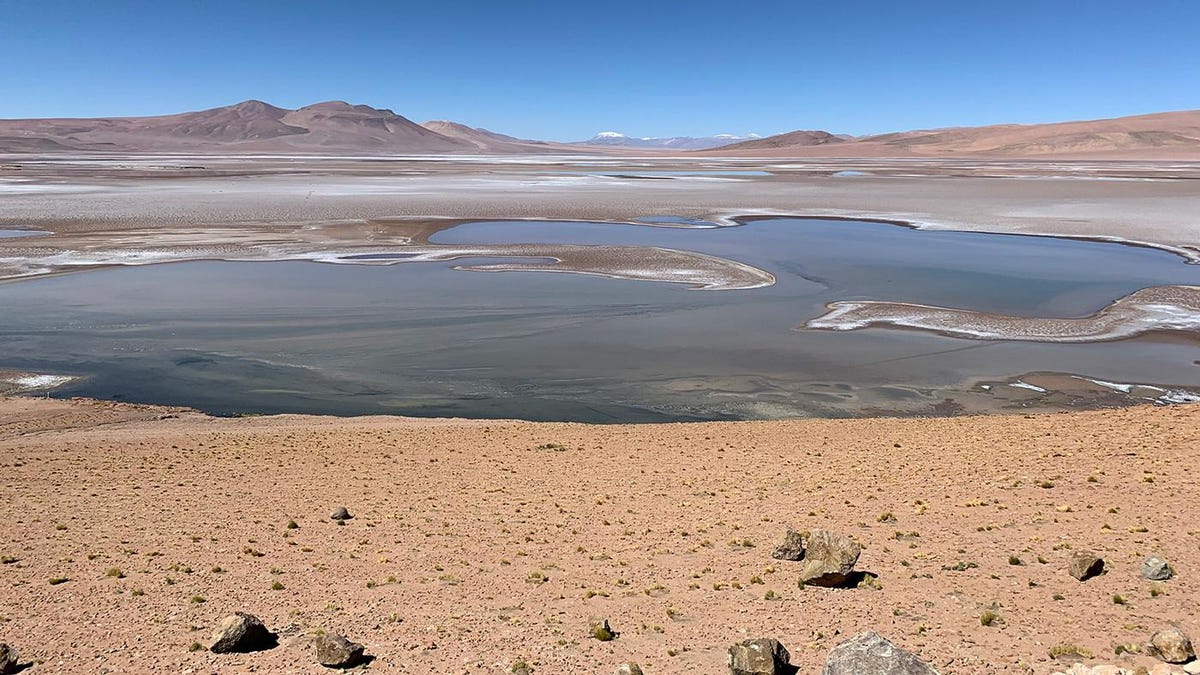NASA Mars Curiosity rover finds an 'ancient oasis'
Mars transitioned from a wet environment to a desert, NASA says.

What Mars may have looked like.
NASA scientists believe Mars may have had an oasis environment around 3.5 billion years ago, they said Monday. Evidence of ponds scattered across a 100-mile-wide basin called the Gale Crater was found by the Curiosity rover, which discovered mineral salts mixed with sediment in rocks.
Curiosity is currently exploring each layer of the Gale Crater and Mount Sharp to uncover the history of Mars, which scientists think may have gone from an underwater landscape with deep lakes to an oasis-style series of shallow ponds.
"Streams might have laced the crater's walls," NASA said Monday, adding "climate fluctuations" changed the environment from wet to desert. Curiosity had previously found evidence of freshwater lakes on Mars, too.
"We went to Gale Crater because it preserves this unique record of a changing Mars," said William Rapin of Caltech. "When and how long was Mars capable of supporting microbial life at the surface?"

